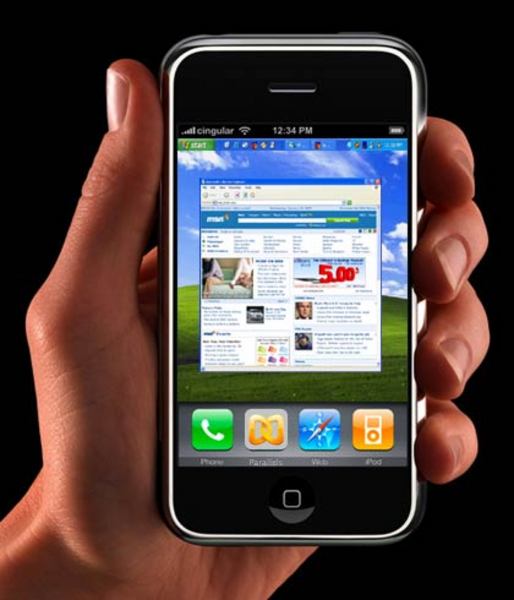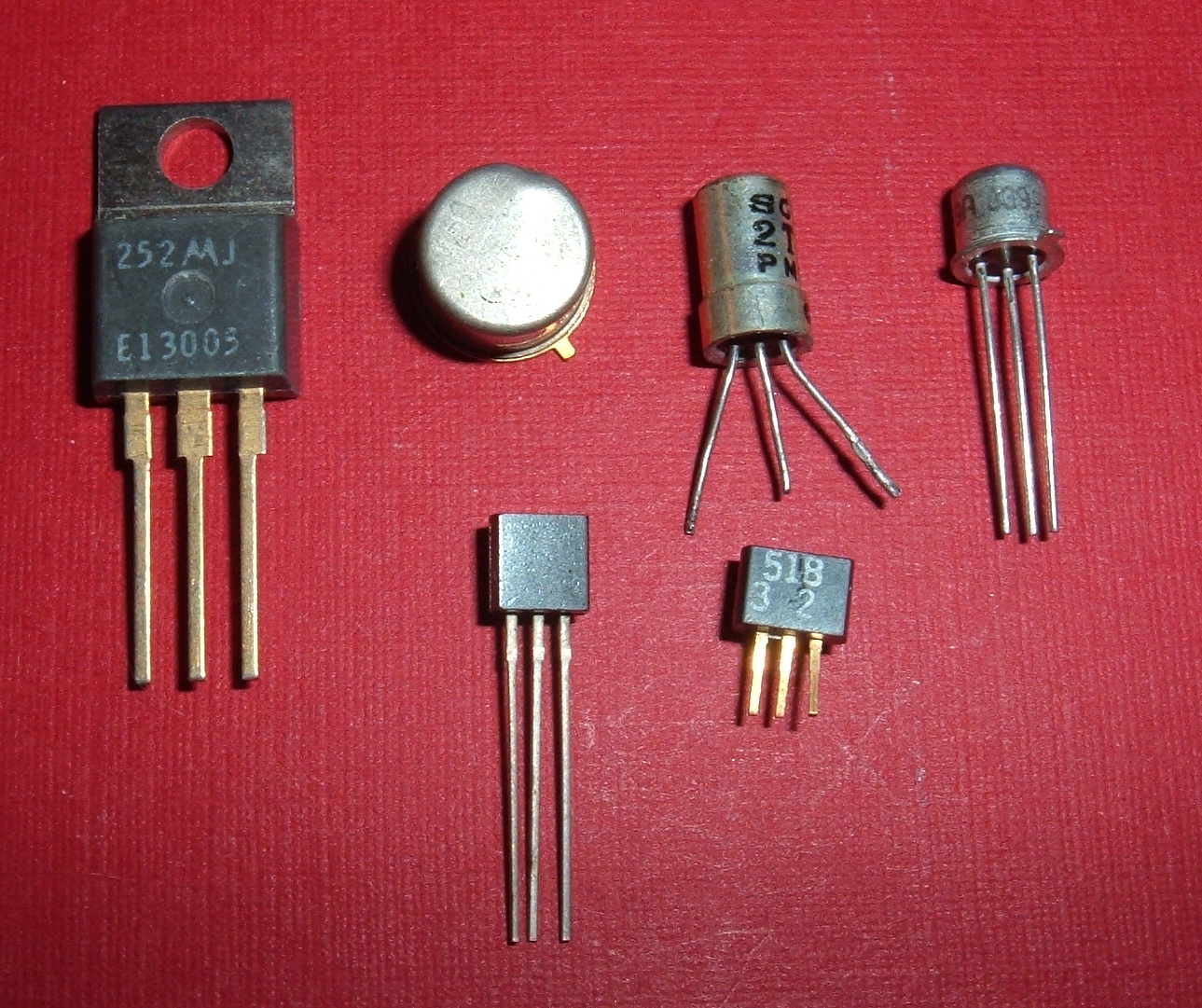
A computer is a machine that manipulates data according to a set of instructions.

Abacus- the first calculating device.
1st to 5th Generations of computer
First Generation (1941-1956)
World War gave rise to numerous developments and started off the computer age. Electronic Numerical Integrator and Computer (ENIAC) was produced by a partnershp between University of Pennsylvannia and the US government. It consisted of 18,000 vacuum tubes and 7000 resistors. It was developed by John Presper Eckert and John W. Mauchly and was a general purpose computer. "Von Neumann designed the Electronic Discrete Variable Automatic Computer (EDVAC) in 1945 with a memory to hold both a stored program as well as data." Von Neumann's computer allowed for all the computer functions to be controlled by a single source.
Then in 1951 came the Universal Automatic Computer(UNIVAC I), designed by Remington rand and collectively owned by US census bureau and General Electric. UNIVAC amazingly predicted the winner of 1952, presidential elections, Dwight D. Eisenhower.
In first generation computers, the operating instructions or programs were specifically built for the task for which computer was manufactured. The Machine language was the only way to tell these machines to perform the operations. There was great difficulty to program these computers ,and more when there were some malfunctions. First Generation computers used Vacuum tubes and magnetic drums(for data storage).
Second Generation Computers (1956-1963)
The invention of Transistors marked the start of the second generation. These transistors took place of the vacuum tubes used in the first generation computers. First large scale machines were made using these technologies to meet the requirements of atomic energy laboratories. One of the other benefits to the programming group was that the second generation replaced Machine language with the assembly language. Even though complex in itself Assemly language was much easier than the binary code.
Second generation computers also started showing the characteristics of modern day computers with utilities such as printers, disk storage and operating systems. Many financial information was processed using these computers.
In Second Generation computers, the instructions(program) could be stored inside the computer's memory. High-level languages such as COBOL (Common Business-Oriented Language) and FORTRAN (Formula Translator) were used, and they are still used for some applications nowdays.
Third Generation Computers (1964-1971)
Although transistors were great deal of improvement over the vacuum tubes, they generated heat and damaged the sensitive areas of the computer. The Intergreated Circuit(IC) was invented in 1958 by Jack Kilby. It combined electronic components onto a small silicon disc, made from quartz. More advancement made possible the fitings of even more components on a small chip or a semi conductor. Also in third generation computers, the operating systems allowed the machines to run many different applications. These applications were monitored and coordinated by the computer's memory.
3rd GENERATION COMPUTER- Consisted of Integrated cylinder.
Fourth Generation (1971-Present)
 Fourth Generation computers are the modern day computers. The Size started to go down with the improvement in the integrated circuits. Very Large Scale(VLSI) and Ultra Large scale(ULSI) ensured that millions of components could be fit into a small chip. It reduced the size and price of the computers at the same time increasing power, efficiency and reliability. "The Intel 4004 chip, developed in 1971, took the integrated circuit one step further by locating all the components of a computer (central processing unit, memory, and input and output controls) on a minuscule chip."
Fourth Generation computers are the modern day computers. The Size started to go down with the improvement in the integrated circuits. Very Large Scale(VLSI) and Ultra Large scale(ULSI) ensured that millions of components could be fit into a small chip. It reduced the size and price of the computers at the same time increasing power, efficiency and reliability. "The Intel 4004 chip, developed in 1971, took the integrated circuit one step further by locating all the components of a computer (central processing unit, memory, and input and output controls) on a minuscule chip."
Due to the reduction of cost and the availability of the computers power at a small place allowed everyday user to benefit. First came the minicomputers, which offered users different applications, most famous of these the word processors and spreadsheets, which could be used by non-technical users. Video game systems like Atari 2600 generated the interest of general populace in the computers.
In 1981, IBM introduced personal computers for home and office use. "The number of personal computers in use more than doubled from 2 million in 1981 to 5.5 million in 1982. Ten years later, 65 million PCs were being used." Computer size kept getting reduced during the years. It went down from Desktop to laptops to Palmtops. Machintosh introduecd Graphic User Interface in which the users didnt' have to type instructions but could use Mouse for the purpose.
The continued improvement allowed the networking of computers for the sharing of data. Local Area Networks(LAN) and Wide Area Network(WAN), were potential benefits, in that they could be implemented in corporations and everybody could share data over it. Soon the internet aand World Wide Web appeared on the computer scene and formented the Hi-Tech revolution of 90's.
4th GENERATION COMPUTER-consisted of the microprossesor.
5th GENERATION COMPUTER


Fifth generation computing devices, based on artificial intelligence, are still in development, though there are some applications, such as voice recognition, that are being used today. The use of parallel processing and superconductors is helping to make artificial intelligence a reality. Quantum computation and molecular and nanotechnology will radically change the face of computers in years to come. The goal of fifth-generation computing is to develop devices that respond to natural language input and are capable of learning and self-organization.







1 comments:
ulul
Post a Comment